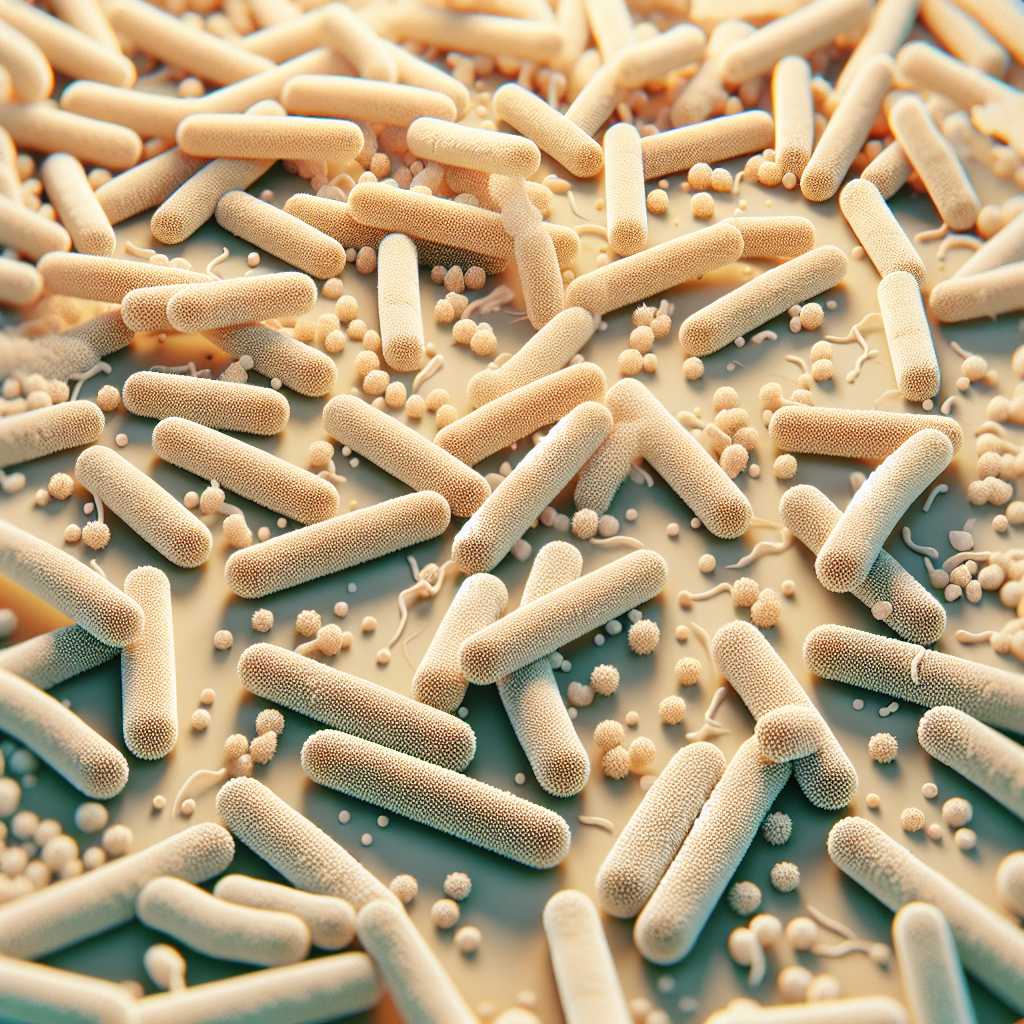Understanding Listeria: An Overview of the Bacterial Pathogen and Its Impacts on Public Health
Listeria monocytogenes, a pathogenic bacterium predominantly known for causing listeriosis—a serious infection which can be fatal in certain populations—is a subject of significant public health concern. This article provides a comprehensive insight into Listeria, touching upon its characteristics, disease manifestation, modes of transmission, treatment strategies, preventive measures, and its notable impact on various sectors, including food safety regulation and healthcare.
The Biological Nature of Listeria Monocytogenes
Listeria monocytogenes is a gram-positive, rod-shaped bacterium capable of thriving in diverse environmental conditions. Its robustness enables it to reproduce in temperatures as low as 0°C, which allows the bacterium to persist in refrigerated food products. This adaptability makes controlling the spread of Listeria challenging. Uniquely, the bacterium’s virulence is associated with genes that are activated by the internal environment of human and animal cells.
How Listeriosis Affects Humans and Animals
Listeriosis primarily affects pregnant women, newborns, elderly individuals, and others with weakened immune systems. In adults with a competent immune system, Listeria often causes mild symptoms or may even pass unnoticed. However, in susceptible populations, it can lead to severe outcomes such as meningitis, sepsis, or encephalitis. In pregnant women, Listieria infection can result in miscarriage, stillbirth, or severe illness in the newborn.
Transmission and Sources of Listeria Infection
Transmission of Listeria to humans generally occurs through the consumption of contaminated food products. The most common culprits include raw or unpasteurized milk products such as soft cheeses, deli meats, and hot dogs that have not been cooked after being opened or handled improperly afterward. The bacteria can also be found in soil and water. Thus, fresh produce can become contaminated as well.
In addition to direct ingestion of contaminated foods, Listeria can spread from a pregnant mother to her fetus during pregnancy or to the infant at birth. However, person-to-person transmission outside of pregnancy is rare.
Outbreaks and Food Safety Responses
Foodborne illness outbreaks due to Listeria contamination have frequently made headlines prompting recalls and reforms in food industry regulations. Governments and food safety agencies actively monitor reported cases to control outbreaks. When identified, they investigate contaminated food sources and promptly initiate recalls to minimize public exposure to potentially contaminated products.
Manufacturers respond similarly by conducting hazard analyses and adhering to strict hygiene practices to mitigate the risk of contamination. Food safety techniques such as pasteurization of dairy products and proper cooking and handling procedures are also implemented to minimize risk.
Treatment Approaches for Listeria Infection
Listeria infections require medical attention and are commonly treated with antibiotics. For milder forms of listeriosis, oral antibiotics may suffice whereas more severe forms typically necessitate intravenous antibiotics. Combination therapies using drugs like ampicillin or penicillin with gentamicin are often the regime chosen for these critical cases.
The duration of treatment varies depending on the severity of the illness but tends to span several weeks for full eradication of the bacterium from the system. Due to antibiotic resistance concerns, treatment efficacy is constantly monitored by healthcare providers.
Prevention Strategies for Reducing Listeria Risk
Prevention is key in addressing listeriosis. This strategy includes public education campaigns on safe food practices such as proper refrigeration and handling of potentially high-risk foods (meats, dairy products). Particularly vulnerable populations are advised against consuming unpasteurized milk products or foods like patés that might harbor Listeria.
In a larger framework, continual surveillance of food products combined with stringent regulatory compliance in production facilities contributes substantially to prevention efforts.
